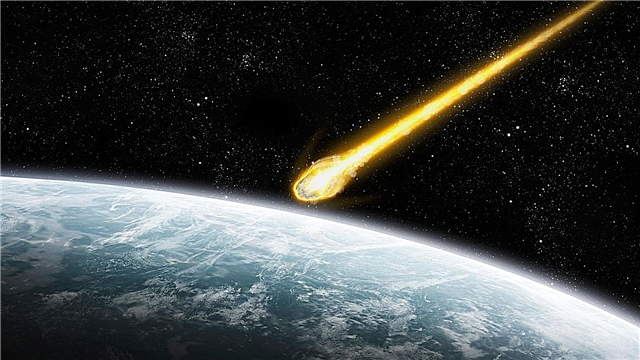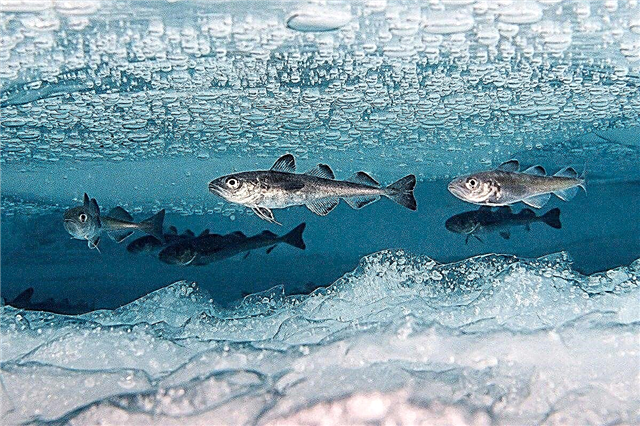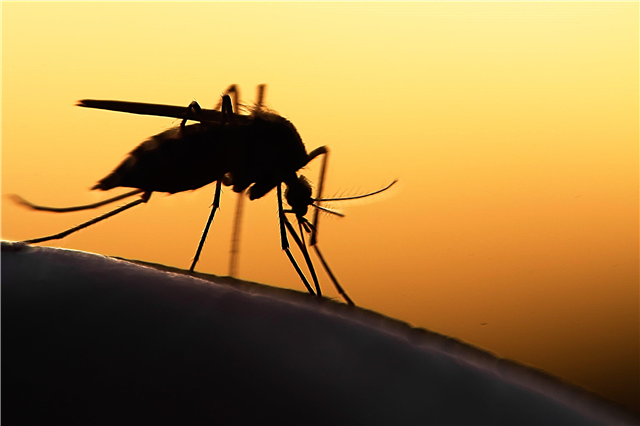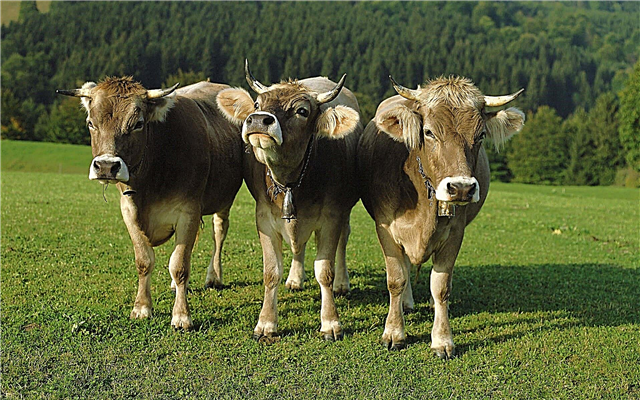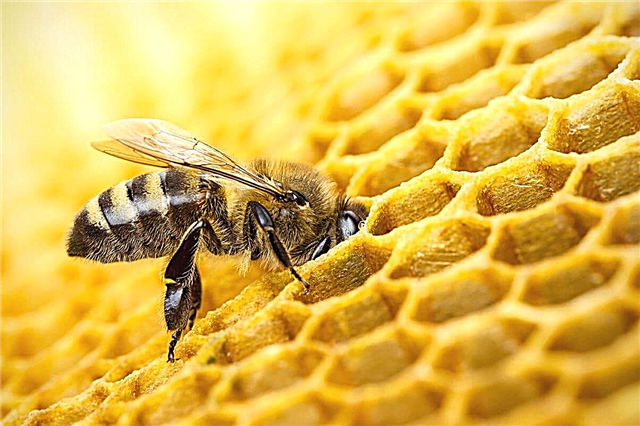
Every year on the territory of the Earth appears more and more different buildings. Because of this, a quite logical question arises: what proportion of land falls on various houses, and how many places are left untouched by civilization?
How many percent of the land occupied by settlements?
People living in cities probably notice that new areas are gradually emerging that are growing rapidly in the surrounding territories. This may lead to the idea that very soon on the planet, in principle, there will be no places where you can build houses. However, it is not.
Interesting fact: land on Earth is only 29.1% of the total surface area, and it is equal to 149 939 063 sq. km The rest of the territory is occupied by the oceans, seas, lakes and rivers.
Despite the fact that land is a smaller fraction of the total surface, its area is quite large. And despite the fact that people are actively involved in construction and regularly erect new objects, do not forget that often they already specifically demolish existing buildings. In this case, the area of settlements does not increase. And the expansion of the borders of cities is very slow.
Currently, settlements make up only 1% of the land area. Given such a slow pace of construction, it is easy to guess that people will not yet fully build up the Earth.
What the rest of the land consists of

Now the Earth’s land consists of the following components:
- settlements - 1%;
- reservoirs - 1%;
- plains, meadows and territories with shrubs - 8%;
- glaciers at the poles - 10%;
- salt flats, mountains, rocks, deserts and beaches - 19%;
- forests and territories with trees - 26%;
- areas allocated for agriculture - 35%.
Despite the fact that the settlements occupy a small area, people lived in a considerable part of the land, because a significant proportion falls on the fields for farming and plantation activities. They are used by people to grow various products.
Settlements make up only 1% of the land area. But a significant proportion is accounted for by agricultural land used by humans during farming activities.

